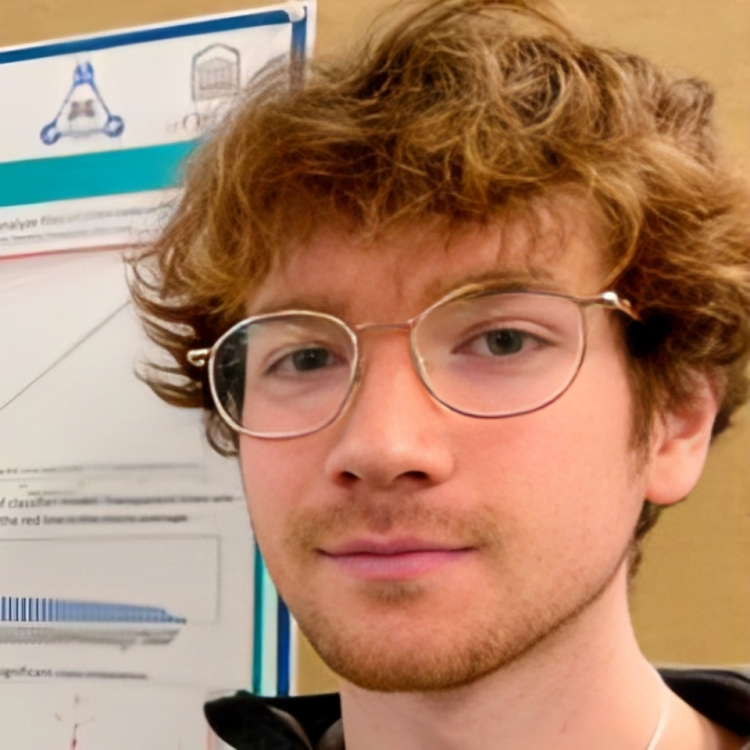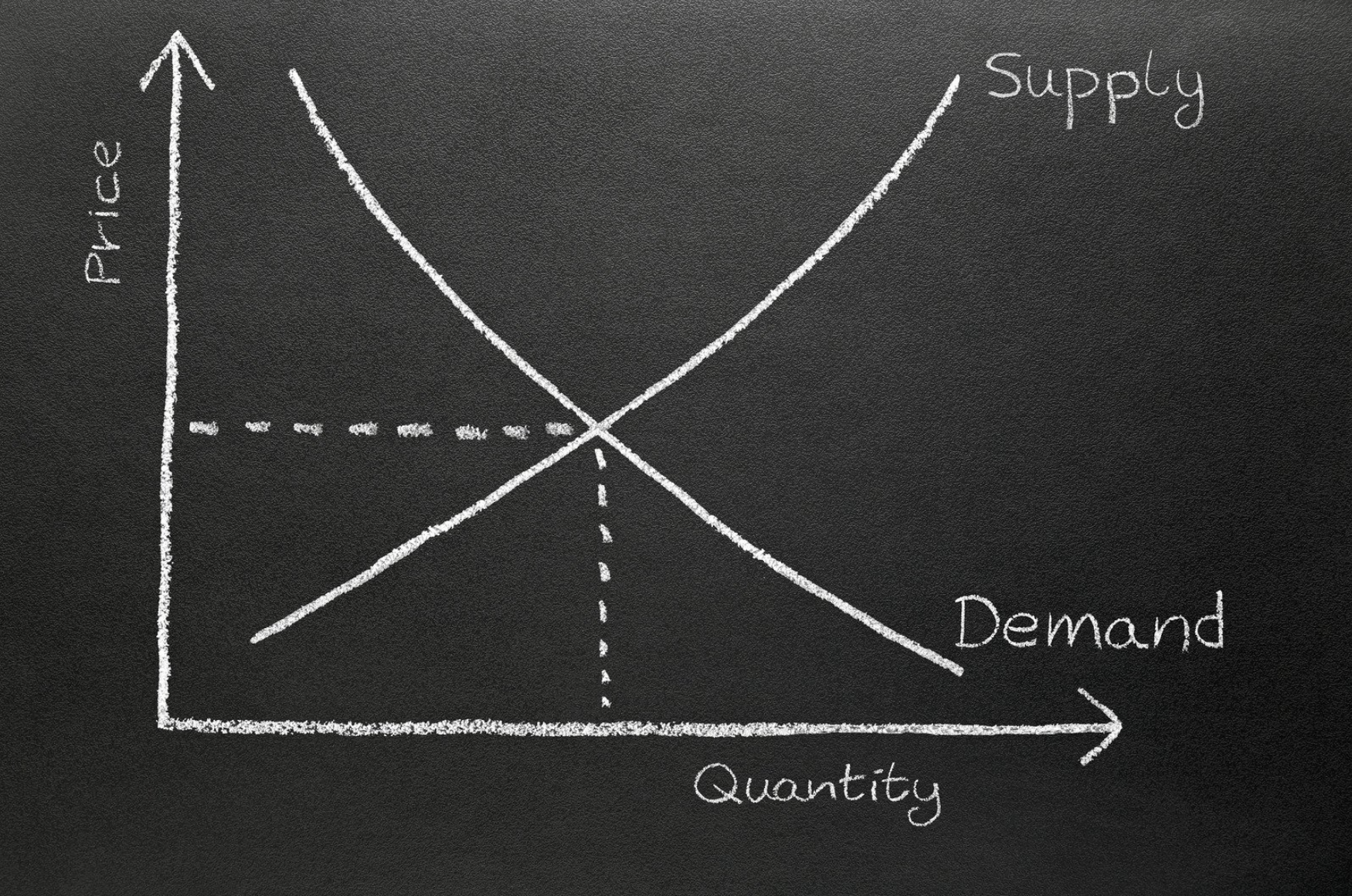Identifying knowledge gaps helps in pinpointing where learning and development are needed. This article breaks down effective strategies and tools to uncover and address these gaps, ensuring both personal growth and organizational success.
Key Takeaways
- Knowledge gaps arise from discrepancies between existing knowledge and needed skills, which affect performance and career growth.
- Identifying knowledge gaps can be accomplished through assessments, surveys, observational techniques, and feedback, allowing for tailored interventions.
- Closing knowledge gaps involves implementing customized training programs, fostering a continuous learning culture, and leveraging technology for personalized learning experiences.
Understanding Knowledge Gaps
Knowledge gaps highlight the discrepancy between what individuals lack in knowledge and what they need to know, significantly impacting their performance and career advancement. In educational settings, these gaps can hinder student progress, often because many educational systems do not align their curriculum with current job market needs. The overwhelming amount of information available today further complicates the ability to retain and apply particular knowledge effectively, creating a learning gap.
Addressing these gaps early is crucial as they can become larger and more difficult to remedy over time. Organizations must determine specific knowledge and skill gaps within their workforce to ensure effective training and development that creates opportunities to close gaps.
Types of Knowledge Gaps
Knowledge gaps come in various forms, each affecting learning and performance differently. Foundational gaps pertain to missing essential knowledge that supports further learning. Without a solid foundation, individuals struggle to build upon prior knowledge, leading to significant learning gaps.
Procedural gaps involve a lack of understanding of processes or methods required to complete tasks effectively. Tacit knowledge gaps reflect unarticulated skills or insights that are often learned through experience rather than formal training. Recognizing these types of gaps allows tailoring interventions to close them effectively.
Causes of Knowledge Gaps
Several factors contribute to the emergence of knowledge gaps:
- Inadequate training, which leads to employees lack the necessary skills to perform effectively.
- This deficiency can result in decreased productivity and lower quality work, highlighting the need for proper training.
- Organizational skills gaps stemming from inadequate training can disrupt strategic goals and growth initiatives.
Rapid technological changes create digital skill gaps that are difficult to address, hindering workforce preparedness. Failing to align employee skills with evolving market demands can also lead to knowledge gaps and challenges, affecting their effectiveness. Organizations must focus on both immediate workforce needs and long-term skill development to close these gaps.
Methods to Identify Knowledge Gaps
Identifying knowledge gaps is the first critical step in addressing them. Various methods can be employed to uncover these gaps, including:
- Assessments
- Surveys
- Observational techniques
- Feedback from peers and supervisors Each method provides unique insights that help to identify gaps and tailor interventions effectively.
Using Assessments and Surveys
Standardized assessments can highlight learning gaps by comparing current student performance with historical data. Formative assessments based not only monitor progress but also inform teaching strategies tailored to individual needs. Tools like Prodigy and Nearpod provide platforms for teachers to identify and address student learning gaps through real-time data.
Quick checks, such as short questionnaires or exit tickets, can gather information on students’ struggles, helping a teacher to create a comfortable environment for students to share their concerns. Comprehensive reports summarizing student performance help teachers assess knowledge gaps effectively.
Observational Techniques
Observational techniques identify knowledge gaps through behaviors and performance analysis. These techniques help in recognizing issues not visible during tests. Observational assessments allow educators to recognize gaps that assessments might miss, providing a deeper understanding of students’ needs.
Observing a student’s participation in small groups during the school year can reveal struggles with communication, especially when a student lacks clear communication, or specific subject area abilities that might not be evident through traditional assessments. These school class lessons examples insights are invaluable for tailoring support and interventions to create groups that close learning gaps related to learning disabilities through practice.
Feedback from Peers and Supervisors
Feedback from peers and supervisors can uncover overlooked issues and enhance understanding of knowledge gaps. Gathering relevant content from employees and customers highlights overlooked issues and recognizes soft skill gaps, ultimately contributing to customer satisfaction through research.
Students can also benefit from feedback, as they recognize concepts they don’t understand compared to their peers. Collaborative dialogue among students and sharing ideas with peers can expand teaching techniques and strategies to help address knowledge gaps effectively.
Tools and Resources for Identifying Knowledge Gaps
Various tools and resources can significantly enhance the identification of knowledge gaps, allowing for targeted improvements. Knowledge mapping, skills gap analysis, and digital platforms provide valuable insights into existing gaps and help in developing effective strategies to address them.
Digital Assessment Platforms
Digital assessment platforms like Prodigy and Nearpod track student progress and provide insights into learning gaps. Prodigy offers role-based learning journeys for tailored training experiences. Nearpod engages students by saving planning time, maintaining engagement, and offering real-time insights.
Adaptive learning technologies adjust training content based on individual learner progress, ensuring support is tailored to unique needs. These algorithms adapt educational content in real-time based on student performance, enhancing personalized learning.
Learning Management Systems (LMS)
Learning Management Systems (LMS) track learner progress over time, providing detailed analytics to help identify specific areas where knowledge gaps exist. By offering a centralized platform for managing educational content and tracking progress, LMS can significantly enhance the process of identifying and addressing learning gaps.
LMS also facilitates communication between educators and learners, ensuring that any issues are promptly addressed. This continuous feedback loop helps in maintaining a focus on closing learning gaps effectively.
Employee Development Programs
Structured employee development programs are essential for systematically identifying knowledge gaps and aligning training with organizational needs. These programs help in creating targeted training interventions that address specific skills gaps identified in employees and develop their capabilities.
Aligning training with organizational goals ensures that employees acquire the necessary skills to meet evolving market demands and achieve business goals. This alignment is crucial for maintaining competitiveness and achieving strategic objectives.
Strategies to Address Knowledge Gaps
Addressing knowledge gaps requires a strategy approach. Implementing tailored training programs, fostering a continuous learning culture, and leveraging technology are effective strategies and practices to close knowledge gaps and enhance performance.
Tailored Training Programs
Customizing training programs can effectively address specific skills gaps identified in employees. Utilizing role-specific training paths enhances the relevance and effectiveness of employee development. Frequent evaluations help in adjusting learning strategies based on individual or group progress.
Frequent performance evaluations identify areas for improvement and tailor support for individuals. This personalized approach ensures that training interventions are aligned with the specific needs of employees.
Continuous Learning Culture
Promoting a culture of continuous learning can lead to sustained employee engagement and retention. Acknowledging learn’ accomplishments plays a crucial role in boosting motivation and reinforcing the value of ongoing education. Acknowledging milestones boosts motivation and reinforces the desire to continue learning.
This continuous learning culture helps employees feel more invested in their roles, improving retention rates.
Leveraging Technology
Utilizing adaptive learning technologies personalizes learning experiences and optimizes outcomes. These algorithms adjust learning experiences in real-time, optimizing educational outcomes based on individual progress.
Frequent performance assessments help in recognizing ongoing employee development and aligning training efforts with organizational goals. Rewards systems for course completion and high assessment scores can motivate learners and reinforce the value of skill development.
Monitoring Progress and Reassessing

Consistent evaluation is necessary to identify whether educational gaps are being effectively bridged. Continuous monitoring and reassessment ensure that strategies for addressing knowledge gaps are effective and that learners are making progress.
Regular Performance Reviews
Regular performance reviews evaluate progress and ensure alignment with organizational goals. These reviews serve as a tool to identify knowledge gaps and highlight areas for improvement.
Tailoring training programs to address specific knowledge gaps uncovered during performance reviews enhances employee effectiveness. Promoting a culture of continuous learning helps in maintaining skills and knowledge up-to-date, bridging any potential knowledge gaps.
Adaptive Learning Algorithms
Adaptive learning algorithms are designed to customize educational experiences to meet individual learners’ needs. These algorithms analyze learners’ interactions with the material to adjust the content and pacing accordingly.
The benefits of adaptive learning include improved engagement, personalized pacing, and targeted support for learners. Additionally, adaptive learning can lead to better retention of information as it aligns with each learner’s style and pace.
Celebrating Achievements
Celebrating achievements reinforces learning outcomes and fosters a positive learning environment. Utilizing assessments and feedback can effectively highlight learners’ achievements. Public recognition, such as awards or announcements, can enhance the visibility of individual achievements.
Consistent acknowledgment of a student’s progress can lead to increased student engagement and a stronger commitment to the importance of learning and challenging expectations, ultimately contributing to success. This lesson highlights the value of recognizing achievements that were created.
Summary
Summarize the key points of the article, emphasizing the importance of identifying and closing knowledge gaps. Conclude with an inspirational phrase that encourages continuous learning and improvement.








































































